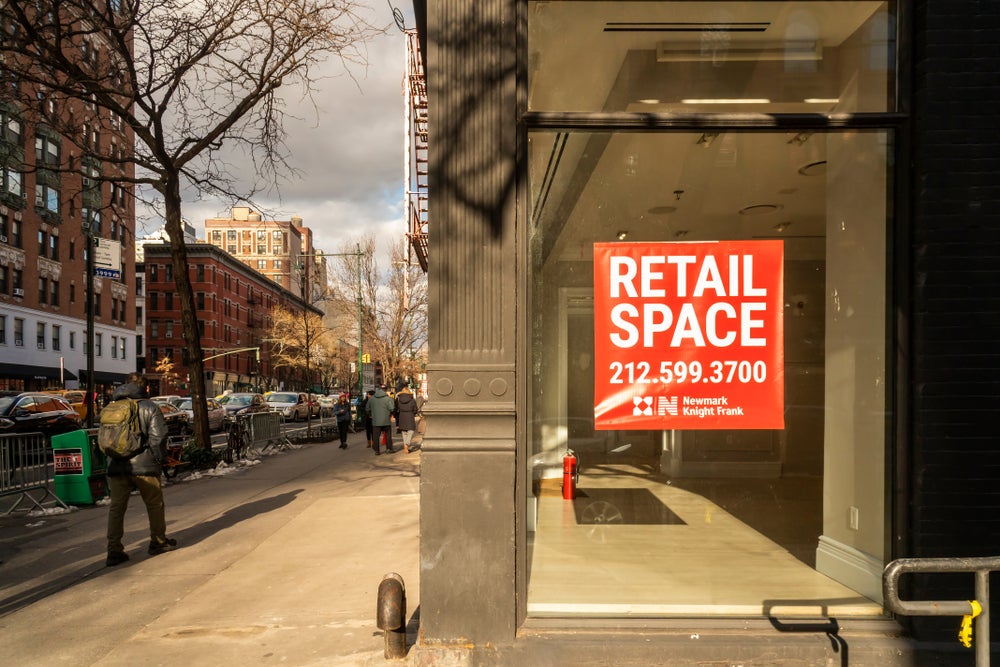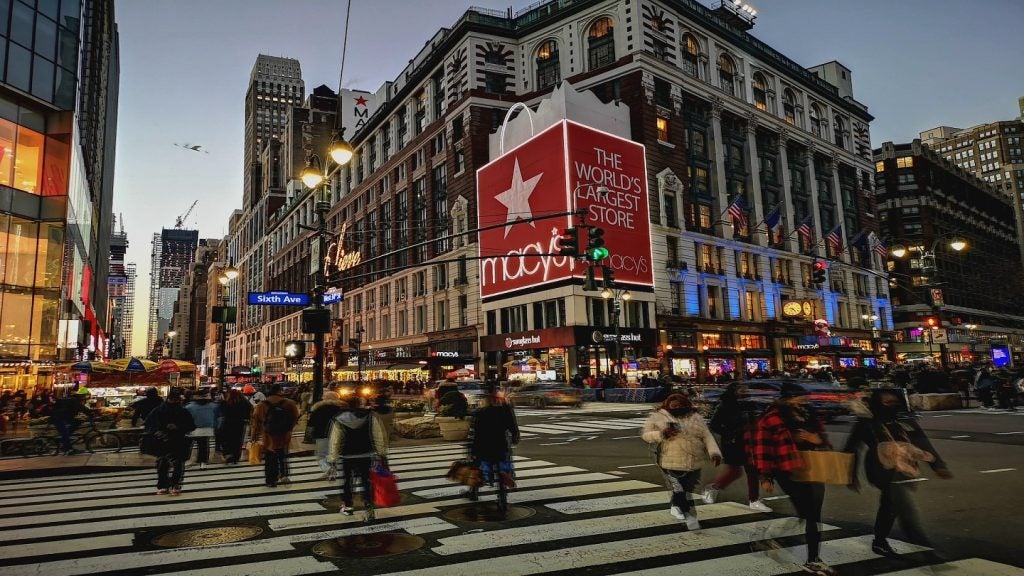In a remarkable display of resilience, retailers across the United States are poised to open 1,000 net new stores this year. This expansion comes at a time when retail space availability has reached record lows, demonstrating the sector's ability to weather the storm in commercial real estate.
Despite the challenges posed by inflationary pressures, high interest rates and the liquidation of major retailers such as Bed Bath & Beyond and Christmas Tree Shops, landlords report that demand for retail space remains robust.
This surprising strength can be attributed to several key factors.
Recovery fuelled by strategic shifts and consumer behaviour
The retail industry has seen a significant reduction in retail construction since the 2008-09 financial crisis. This decrease in supply has allowed the oversaturated sector to absorb its existing real estate more efficiently.
Retailers have also embraced data analytics and online sales data to pinpoint optimal store locations, enhancing their chances of success.
Contrary to predictions of the demise of physical retail due to e-commerce, digitally native companies have started opening brick-and-mortar locations after realising the limitations of online customer acquisition.
As pandemic restrictions eased, shoppers also returned to stores and restaurants, further boosting the sector's recovery.
Record low retail space availability
As of mid-August 2023, retailers have announced plans to open 4,500 new locations while closing 3,500, as reported by advisory and research firm Coresight Research.
Nationwide, the rate of available retail space plummeted to just 4.8% in the second quarter of the year, marking the lowest level in the 18 years tracked by real estate services firm CBRE.
This resurgence in the retail real estate market stands in stark contrast to the office market, where the rise of hybrid work schedules has pushed the office vacancy rate to a 30-year high of 18.2%, according to CBRE.
Retail shifts to suburbs, driving rent increases
Shopping centre owners, particularly those in suburban areas, have reaped the benefits of the remote working trend since the onset of the Covid-19 pandemic in 2020.
This shift has led consumers to visit local grocery stores and shops more frequently during the working week. As a result, some fast-casual restaurants and retailers have relocated from urban business districts to the suburbs.
While retail landlords in some areas, including major cities, have had to reduce rents due to the pandemic, the overall average asking rent for retail space in the US has increased by 6.3% since the second quarter of 2020, reaching over $23 per square foot, according to CBRE – the highest level in at least a decade.
Kimco Realty Group Trust, for example, increased rents by more than 30% in the second quarter of 2023 by filling spaces vacated by Bed Bath & Beyond.
Retailers from sectors including discount stores, grocers, home-goods stores, bookstores and apparel companies have expressed interest in the former real estate of bankrupt retailers.
Consumer spending and retail outlook
Amidst these positive developments, retail sales in July 2023 rose by a seasonally adjusted 0.7% from the previous month, according to Commerce Department data.
This marks the fourth consecutive month of increased spending, which appears to be outpacing inflation, suggesting a healthier consumer outlook.
But not all segments of the retail sector are thriving. Low-end, enclosed malls are struggling as department stores contract and tenants migrate to open-air locations.
Distressed retail property sales so far in 2023, which total $942 million, have largely involved mall properties, according to MSCI Real Assets.
This recovery in retail real estate contrasts with the struggles faced by the office real estate market, which is grappling with the impact of remote working.
















